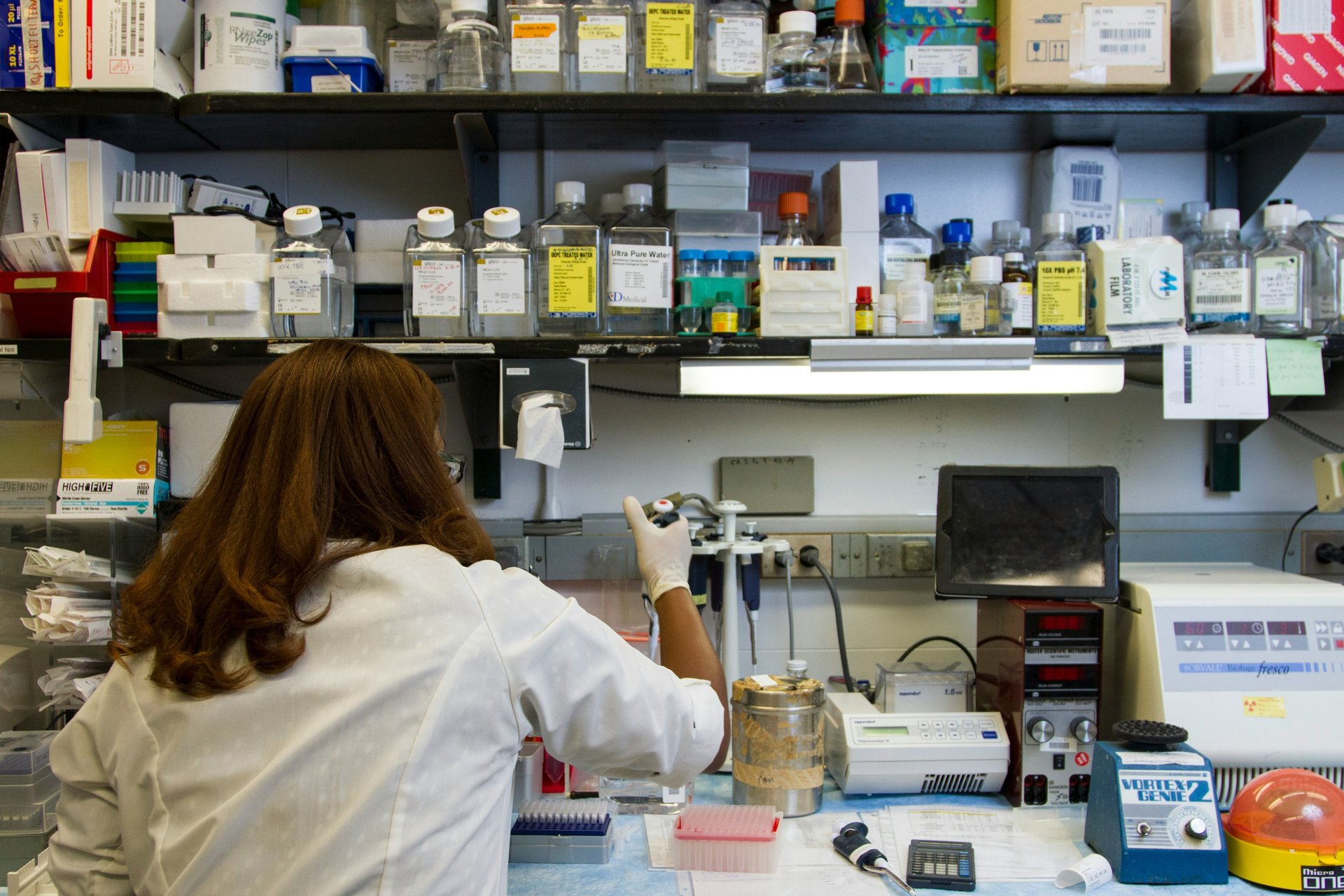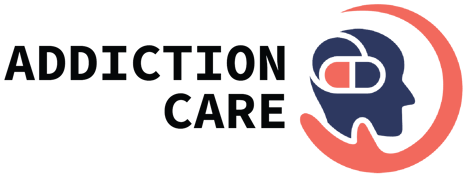
Understanding Drug Addiction: Insights from Biological, Social, and Clinical Perspectives
Drug addiction remains a significant global challenge, intricately woven into biological, psychological, and sociological frameworks. Drawing from the seminal research published in Psychopharmacology (1996), we explore the multidimensional nature of addiction, its mechanisms, and strategies for addressing this pervasive issue.
DRUG ADDICTION
1/3/20253 min read
What is Drug Addiction?
At its core, drug addiction is a chronic disease characterized by compulsive drug-seeking behavior despite harmful consequences. It involves physical dependence, psychological cravings, and a loss of control over substance use. Unlike occasional recreational use, addiction disrupts daily life, relationships, and overall health. The addictive cycle often begins with voluntary drug use but evolves into dependency driven by changes in brain chemistry and behavior.
This article is based on "The Biological, Social, and Clinical Bases of Drug Addiction: Commentary and Debate" by Altman, J., et al.
Altman, J., Everitt, B.J., Robbins, T.W. et al. The biological, social and clinical bases of drug addiction: commentary and debate. Psychopharmacology 125, 285–345 (1996). https://doi.org/10.1007/BF02246016
The Science Behind Addiction
1. Brain Chemistry and Reward Pathways:
Addictive substances, such as alcohol, nicotine, opioids, and stimulants, hijack the brain's reward system. These drugs increase dopamine levels in the brain, creating feelings of pleasure and reinforcing behaviors that lead to repeated use. Over time, the brain adapts, reducing natural dopamine production and sensitivity, making it harder for individuals to experience joy without the substance.
2. Tolerance and Dependence:
Continued drug use often leads to tolerance, where the body requires higher doses to achieve the same effect. This is coupled with dependence, where the absence of the drug triggers withdrawal symptoms like anxiety, irritability, or physical discomfort, perpetuating the cycle of use.
3. Cravings and Triggers:
Environmental and emotional cues associated with past drug use—such as certain places, people, or stress—can activate cravings. These cravings are rooted in the brain's associative learning processes, making recovery challenging without addressing underlying triggers.
Psychological and Social Dimensions
1. Emotional Factors:
Addiction is often tied to mental health issues like depression, anxiety, or trauma. Drugs may initially serve as a coping mechanism, providing temporary relief from emotional pain. However, this self-medication can spiral into dependency, worsening the original issues.
2. Social Influences:
Peer pressure, family history, and socioeconomic conditions significantly impact addiction risk. Adolescents, for instance, are especially vulnerable when exposed to drug use within their social or familial circles. Conversely, supportive relationships and strong community networks can act as protective factors.
3. The Role of Stress and Trauma:
Chronic stress and unresolved trauma are among the strongest predictors of addiction. Individuals often turn to substances as a means of escaping or numbing these experiences, which underscores the importance of addressing these root causes in treatment.
Treatment and Recovery Strategies
1. Medical Interventions:
Pharmacological treatments can help manage withdrawal symptoms and reduce cravings. Medications like methadone for opioids or nicotine replacement therapy for smoking are widely used in addiction management. Emerging treatments, including anti-craving drugs and vaccines, aim to block the pleasurable effects of substances.
2. Behavioral Therapies:
Behavioral interventions are pivotal in breaking addiction cycles. Cognitive-behavioral therapy (CBT) helps individuals identify and change harmful thought patterns and behaviors. Contingency management rewards sobriety milestones with tangible incentives, further reinforcing positive behavior.
3. Holistic Approaches:
Modern treatment models emphasize a holistic approach, integrating physical health, mental well-being, and social support. Programs often combine therapy, exercise, nutrition, and mindfulness practices to foster comprehensive recovery.
4. Peer and Community Support:
Support groups like Alcoholics Anonymous (AA) and Narcotics Anonymous (NA) provide a sense of belonging and shared understanding. Community-based interventions also play a crucial role in creating environments that encourage recovery and reduce stigma.
Innovations in Addiction Treatment
1. Technology in Recovery:
Digital tools, including mobile apps and telehealth platforms, are revolutionizing addiction care. Apps like reSET and MyStrength offer therapy modules, progress tracking, and coping tools tailored to individuals’ recovery journeys.
2. Neuroimaging and Personalized Medicine:
Advances in neuroimaging are uncovering how addiction changes brain structure and function, enabling personalized treatment strategies. For instance, identifying specific genetic markers can help predict an individual’s response to medications or therapy.
3. Addressing Co-Occurring Disorders:
Many individuals with addiction also suffer from co-occurring disorders, such as depression or PTSD. Integrated treatment plans that address both addiction and mental health disorders are increasingly recognized as essential for lasting recovery.
Preventing Addiction
1. Education and Awareness:
Early education on the risks of drug use is one of the most effective prevention strategies. Schools, families, and communities can work together to foster resilience and informed decision-making in young people.
2. Policy and Regulation:
Policies aimed at controlling the availability of addictive substances—like raising the legal age for alcohol consumption or regulating opioid prescriptions—have shown measurable success in reducing substance abuse rates.
3. Promoting Healthy Coping Mechanisms:
Encouraging healthy ways to cope with stress and adversity, such as through exercise, hobbies, or counseling, can reduce reliance on substances as a coping strategy.
A Path Forward
Addiction is a complex interplay of biological, psychological, and social factors. While the challenges are vast, so are the opportunities for meaningful intervention and recovery. With continued advancements in science, policy, and community engagement, we can foster a world where individuals struggling with addiction find the support, understanding, and tools they need to reclaim their lives.
By embracing a comprehensive and compassionate approach, we can ensure that recovery is not just a possibility but a reality for millions.
Subscribe to our newsletter
Contact Us
+1 (619)616-2517
info@addictionrehabtexas.com
15015 Westheimer Rd
Suite I-2-193
Houston, TX 77082


